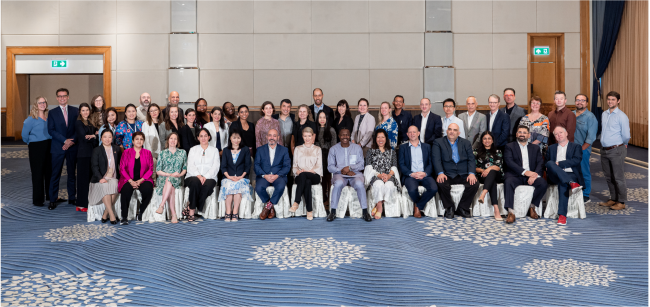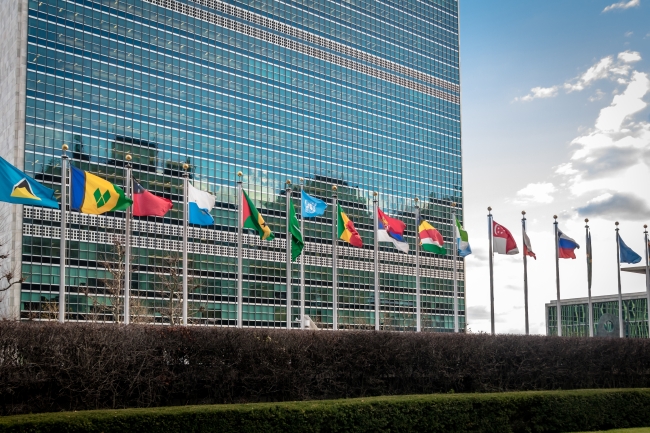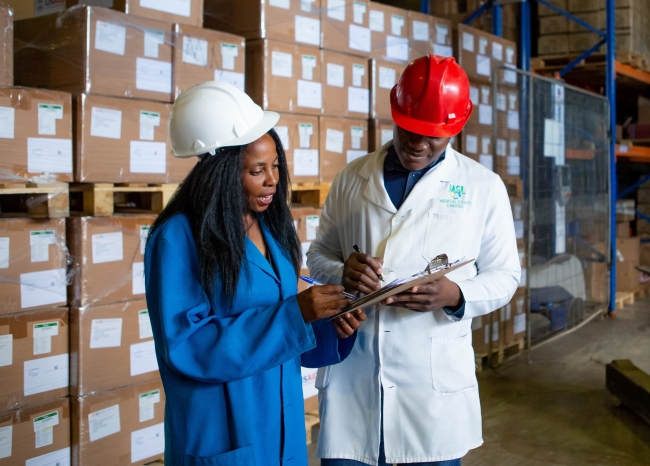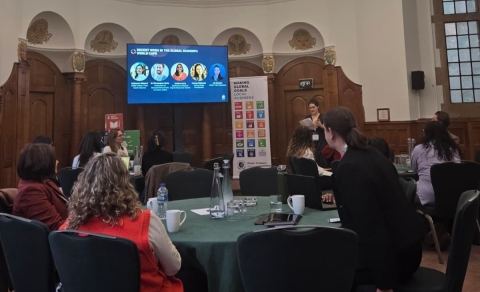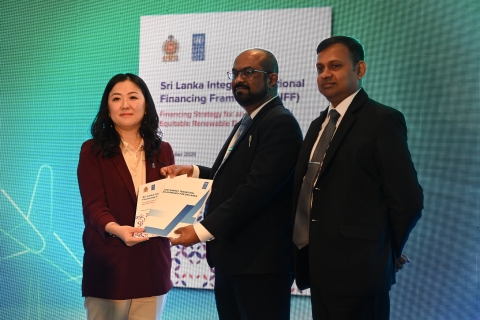Mutualizing Finance within the Climate-Development Nexus
06 NOVEMBER, 2024

The connection between Nationally Determined Contributions (NDCs) and Sustainable Development Goals (SDGs) offers a clear path toward achieving both climate resilience and sustainable growth. By aligning NDC commitments with SDG targets, countries can enhance their climate strategies while advancing broader development objectives. For instance, the United Nations Development Programme (UNDP) is testing an "SDG x NDC interlinkages" method in five countries—Cambodia, El Salvador, Liberia, Tunisia, and Uzbekistan. This initiative focuses on identifying NDC actions that significantly contribute to multiple SDGs, while also examining potential challenges and financing opportunities.
This alignment helps policymakers understand the vital link between climate action and sustainable development. Countries like Denmark and Costa Rica exemplify this approach, using insights from NDCs and SDGs to shape effective policies. Exploring the unique environmental challenges faced by each country highlights how economic growth, environmental health, and societal well-being are interconnected. Indeed, by investing in the climate-development nexus now and creating mutually reinforcing financial structures within it, policymakers can avert severe societal disruptions and foster prosperity for all, particularly those most vulnerable.
To effectively link climate action and development, governments, private sector, and other stakeholders need practical financing strategies that can coordinate across both goals simultaneously. The third generation of NDCs can play a key role in shaping development policies that integrate public and private finance aimed at tackling climate change under the Paris Agreement, while also meeting the SDGs.
These next-gen NDCs could tap into diverse sources of development finance, focusing on sectors with high potential for returns, such as renewable energy, agriculture, and waste management. This includes reforming institutions to establish incentives conducive to scaling up mechanisms like carbon markets, emissions taxes, as well as private sector and foreign investment.
Since the 2015 global agreements on the SDGs and Climate, sources of development finance have expanded beyond just official development assistance (ODA) to include a mix of public, private, domestic, and foreign investments. The main challenge remains: Creating effective financing strategies that can attract and utilize these limited resources in line with the ambitious goals of the NDCs.
Integrating NDCs with countries’ development strategies is essential for linking climate action and sustainable development. However, existing governmental structures and institutions – including laws, formal rules and regulation, and informal norms – make this integration difficult in practice.
Instead of tediously synthesizing divergent targets and indicators to fit both NDCs and development goals to arrive at a contrived harmonization, the new generation of NDCs could be designed to allow for a more unified approach at the outset. Initiatives like UNDP's “SDG x NDC push” aim to streamline efforts across climate and development, helping to create efficient financing strategies that reduce duplication and lower costs. This integrated approach ensures that climate and development efforts work together to create new value and resources, rather than competing for limited funding.
Acting now on climate finance is essential, especially since the choices the global community makes today will have lasting impacts. Though it may be costly and complex to integrate climate into financial systems, the costs of inaction are even greater. Investing in climate action now will lead to long-term savings and ease the transition from fossil fuels. This entails lowering greenhouse gases and carbon emissions by ensuring producers assume responsibility for the negative externalities of the processes and transactions throughout existing supply chains, while greening resilient economies of the future.
A comprehensive analysis by UNDP and the Frederick S. Pardee Center for International Futures explores equitable low-carbon pathways across 188 countries, revealing significant potential impacts in economic, social, and environmental realms under the SDG Push x NDC 3.0 scenario. Key findings suggest a dramatic reduction in poverty, with up to 175 million individuals escaping poverty by 2050, predominantly in Sub-Saharan Africa. Human development indices are projected to improve markedly, with the lowest HDI countries reaching significant milestones by 2055. Fossil fuel emissions are expected to decrease by 65 percent, aligning global efforts more closely with the Paris Agreement's target to limit temperature rise. Interestingly, while energy demand in developed countries decreases due to efficiencies, growing developing economies and emerging markets will see an increase, indicating a pivotal shift toward more sustainable and equitable energy consumption worldwide.
Building on these insights, investment in NDCs is not just an environmental imperative but a sound financial and economic decision. If decisive climate action is taken, the world economy will not only avoid the painful consequences of temperature rises above 1.5°C, which will exceedingly affect the most vulnerable, but stands to gain US$ 43 trillion in aggregate – boosting global GDP by 3.8 percent by 2070. This, however, will only be possible through transformative structural change – coordinated across institutions ranging from local to global – that will generate bold collective action factoring climate into the equations that coordinate time with interest(s). Hence, investing in renewable energy, sustainable agriculture, waste management, and efficient transportation now will pay off in the future, allowing us to step up to the defining challenge of our times. Conversely, achieving this shift will become more expensive over time due to the growing effects of climate change.
However, coordinating financing for NDCs remains challenging due to competing priorities. A comprehensive approach is needed, involving reforms that improve collaboration among various stakeholders – from governments to businesses to investors and everyone in between. Integrated National Financing Frameworks (INFFs) offer a structured means for countries to effectively mobilize and manage finances for climate action within the broader development context, ensuring a better alignment of resources and sequencing of priorities.
Over 85 countries have adopted the INFF approach, engaging finance ministries and various stakeholders to create comprehensive financing strategies. Currently, 15 governments have active financing strategies, while over 50 have initiated finance-related reforms, with around 20 percent of these reforms focused on climate action. This approach has the potential to effectively blend development and climate objectives. Notably, 15 countries are already leveraging their INFF to support both development strategies and NDCs, with more expected to participate through assistance from INFF Facility's Climate and NDC thematic support.
INFFs then emerge as key instruments for aligning financing for Sustainable Development Goals and Nationally Determined Contributions, helping to maximize resources and address both climate and development imperatives. By shifting from simple linear funding models to strategic comprehensive financing approaches that understand the financial lanscape and economic structure as a whole, INFFs promote cohesive financing strategies that generate new value and returns that can be reinvested in climate-focused sectors.
Through improved coordination among governments, private sector entities, and international partners, including multilateral development banks and vertical funds such as the Green Climate Fund (GCF), INFFs enable a holistic and convergent approach to implementing NDCs, while prioritizing economic, social, and environmental goals. Adopting this approach is essential for ensuring that our current efforts to integrate climate considerations into financial systems yield lasting benefits and returns. Though initial investments may be high, the cost of inaction is far greater. Transitioning to renewable energy and sustainable agriculture is crucial not just for preventing issues like forced migration and pollution but also for making future economic transitions more feasible. Delaying action could lead to even pricier adaptations and interventions in the future. Investing in climate action today sets the stage for a more sustainable and prosperous tomorrow.

